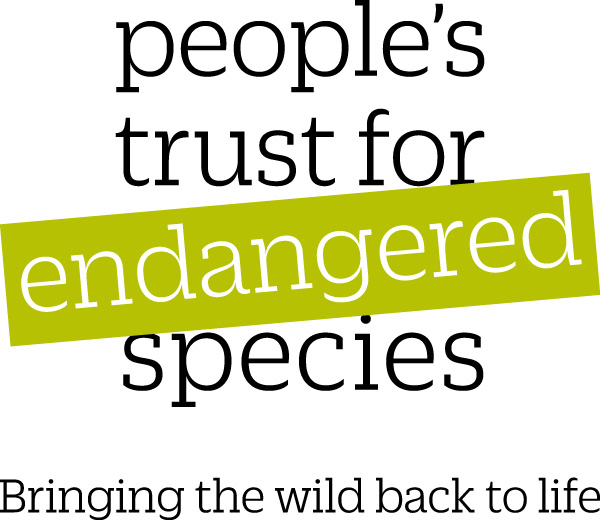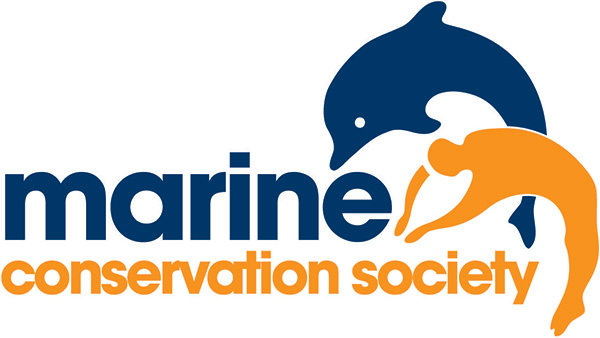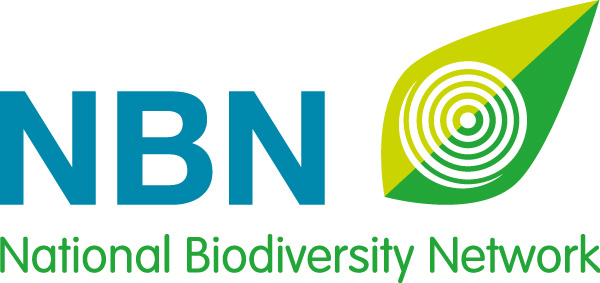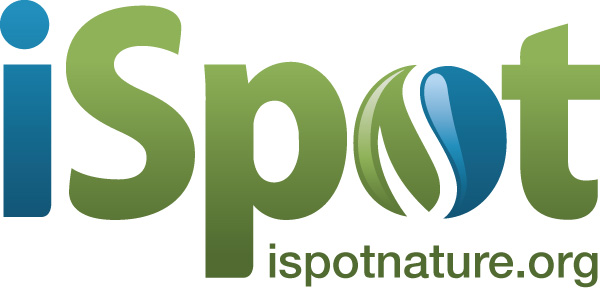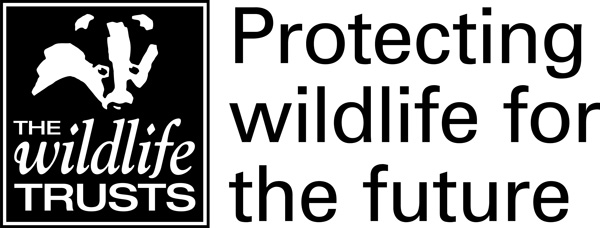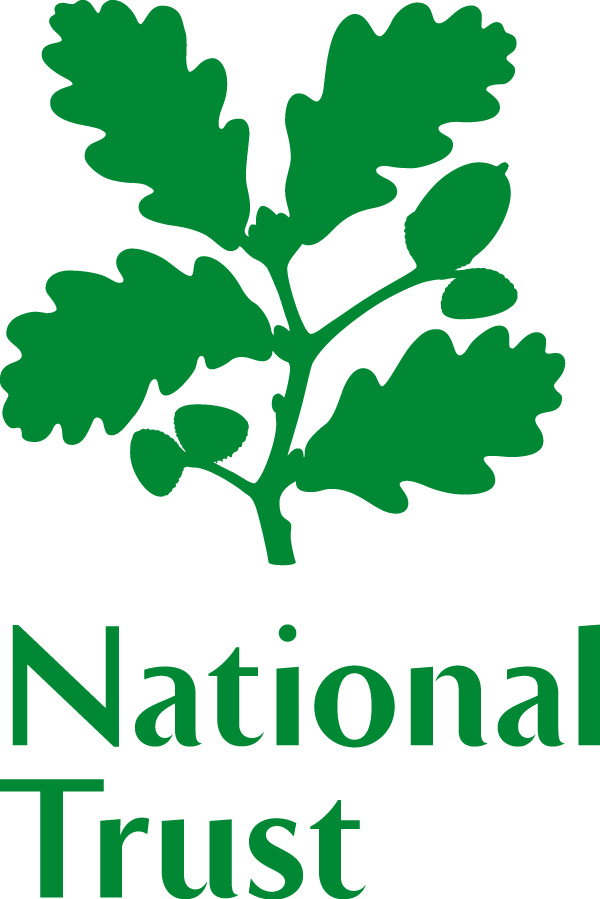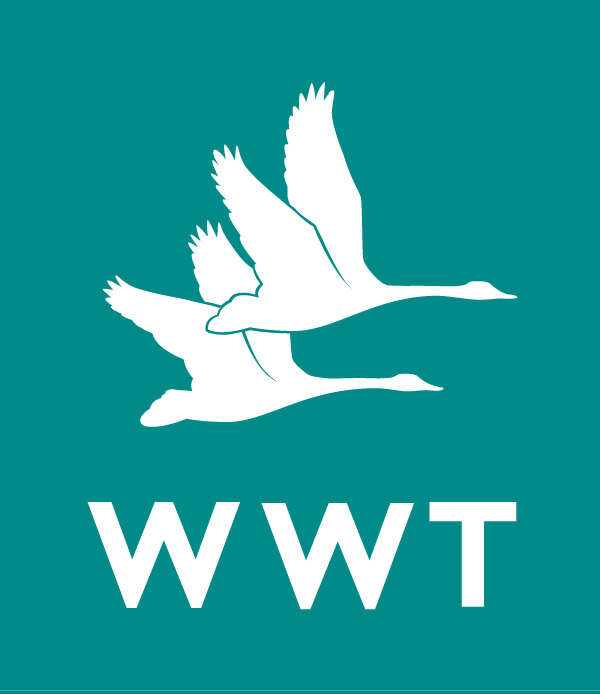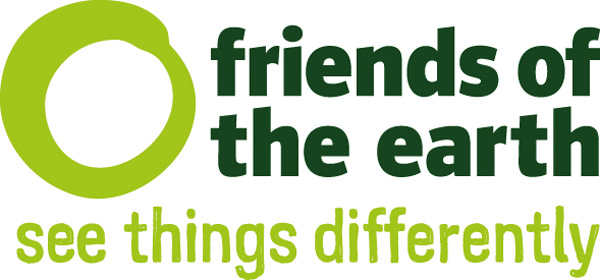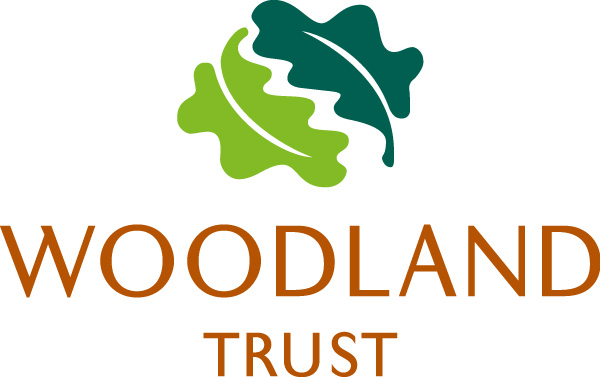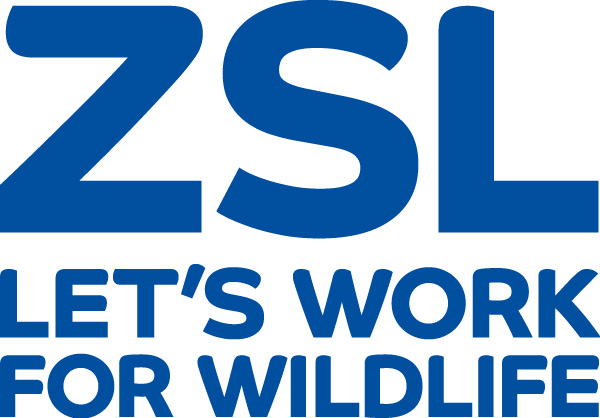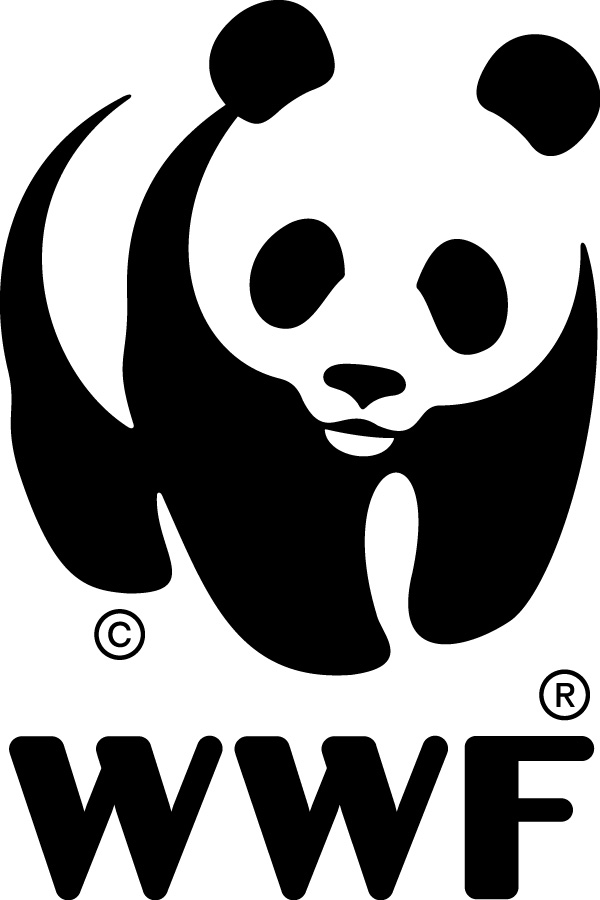
The State of Nature report brings together data and expertise from over 50 organisations, providing an update on how wildlife is faring across the UK, and its seas, Crown Dependencies and Overseas Territories.
Over 7,500,000 volunteer hours go into monitoring the UK's nature every year.
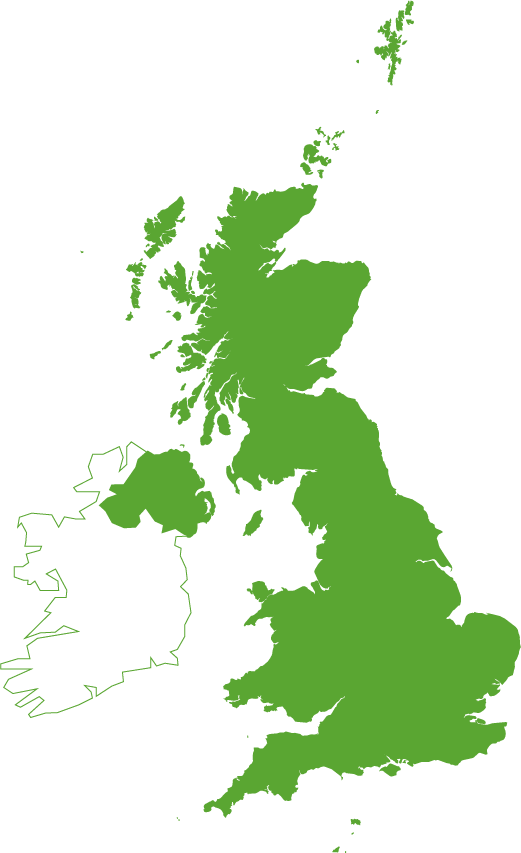
From the Isles of Scilly to Unst, St Kilda to Lowestoft, volunteers have covered the four corners of the UK.
Much of this data was used in the State of Nature Report
Volunteers monitored over 9,670 species from birds to butterflies, plants to pondlife, spiders to snails.
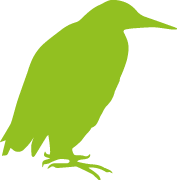





Further afield, monitoring covers the UK's overseas territories too, from the chilly British Antarctic Territory to the tropical British Indian Ocean Territory.



Nature is in trouble
Using modern Red List criteria, which identify species of the highest conservation concern, we assessed 8,000 species. Of these, 15% are extinct or threatened with extinction from Great Britain.
One way of assessing how damaged nature is across the world is the Biodiversity Intactness Index
Best
Worst
Greenland
Norway
Germany
Greece
France
Ireland
USA
Hong Kong
Macao


Of 218 countries assessed, the UK is ranked 189



This means that nature is faring worse in the UK than in most other countries.
What happened in the UK?

56% of UK species in decline.
Some of the hardest hit are well-known and popular, such as hedgehogs and turtle doves...

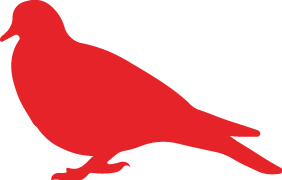
165 species are considered Critically Endangered in Great Britain - these are the most likely to go extinct.
They include...
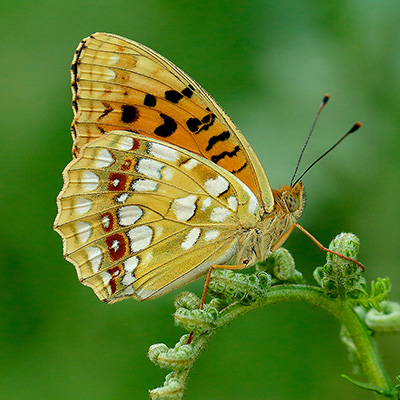
high brown fritillary butterfly
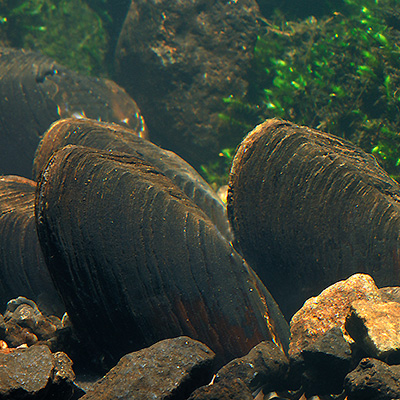
freshwater pearl mussel
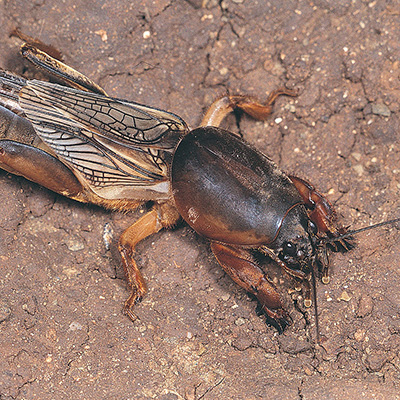
mole cricket
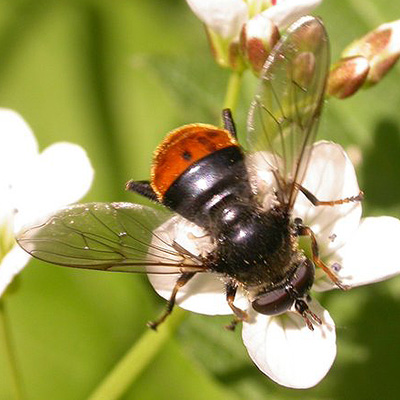
bog hoverfly
It's not all doom and gloom. Some species are actually doing well.

Otters are catching fish again in our cleaner rivers
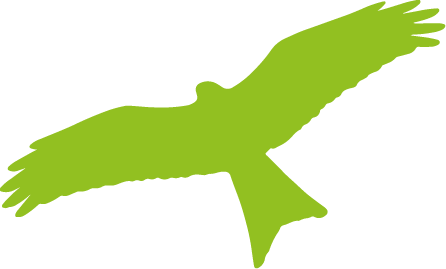
red kites soar over much of the countryside
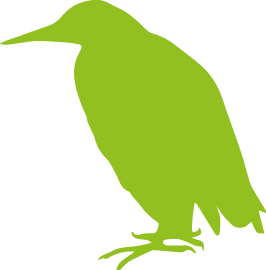
and bitterns boom in our reedbeds

Butterflies like silver-spotted skippers and large blues are faring well
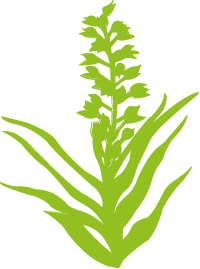
as are plants like the fantastically named fig-leaved goosefoot
What happened in England?

Many species in England are in decline.
Some of the hardest hit are well-known and popular, such as hedgehogs and turtle doves...


109 English species are considered Critically Endangered in Great Britain - these are the most likely to go extinct.
They include...
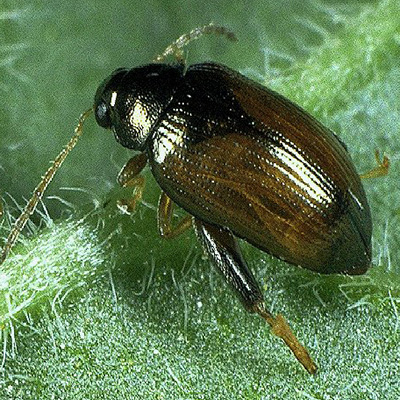
lundy cabbage flea beetle
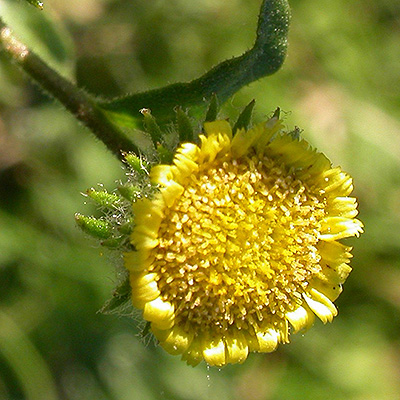
small fleabane
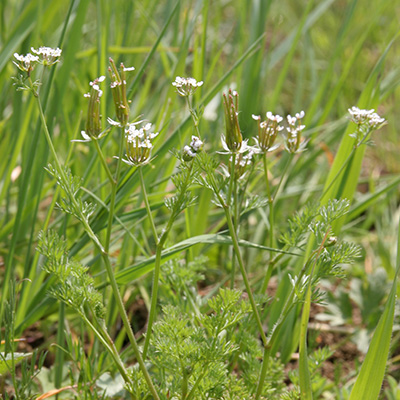
shepherd's-needle
It's not all doom and gloom. Some species are actually doing well.
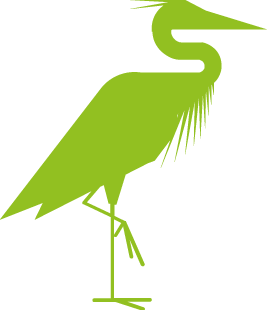
Little egrets are thriving in our wetlands

red kites soar over much of the countryside

and bitterns boom in our reedbeds

Butterflies like silver-spotted skippers and large blues are faring well

as are plants like the fantastically named lady's slipper orchid
What happened in Northern Ireland?

Many species in Northern Ireland are in decline.
Some of the hardest hit are well-known and popular, such as skylarks and red squirrels...
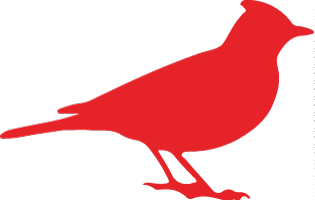

45 Northern Irish species are considered Critically Endangered in an all-Ireland context - these are the most likely to go extinct.
They include...

freshwater pearl mussel
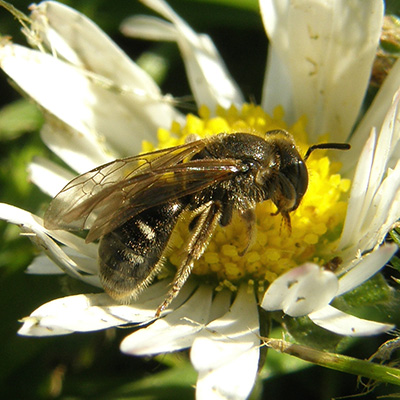
furry-claspered furrow-bee
It's not all doom and gloom. Some species are actually doing well.
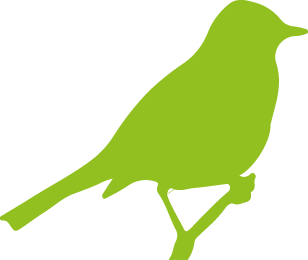
Blackcaps are warbling in our woodlands
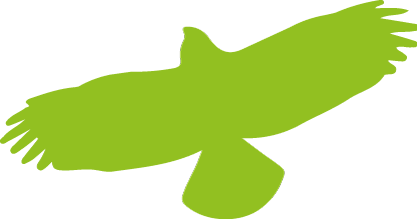
buzzards are soaring over much of our countryside

Butterflies like green-veined whites and ringlets are faring well

as are plants like the fantastically named frog orchid
What happened in Scotland?

Many species in Scotland are in decline.
Some of the hardest hit are well-known and popular, such as capercaillie and wildcat...
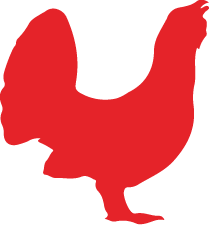

65 Scottish species are considered Critically Endangered in Great Britain - these are the most likely to go extinct.
They include...
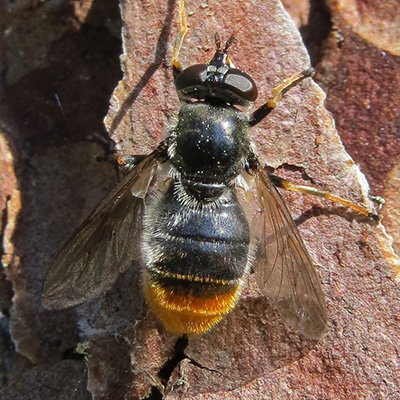
pine hoverfly
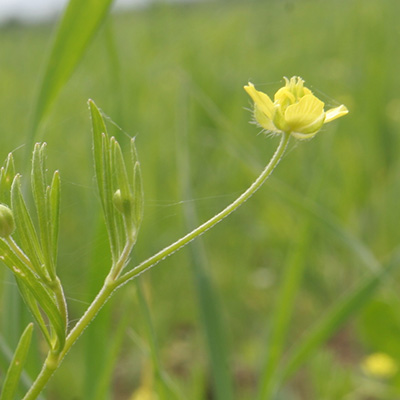
corn buttercup
It's not all doom and gloom. Some species are actually doing well.

Otters are catching fish again in our cleaner rivers

red kites soar over much of the countryside

Butterflies like ringlets and commas are faring well

as are plants like twinflower
What happened in Wales?

Many species in Wales are in decline.
Some of the hardest hit are well-known and popular, such as hedgehogs and starlings...

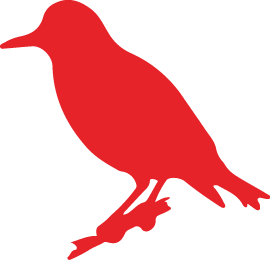
41 Welsh species are considered Critically Endangered in Great Britain - these are the most likely to go extinct.
They include...

high brown fritillary butterfly
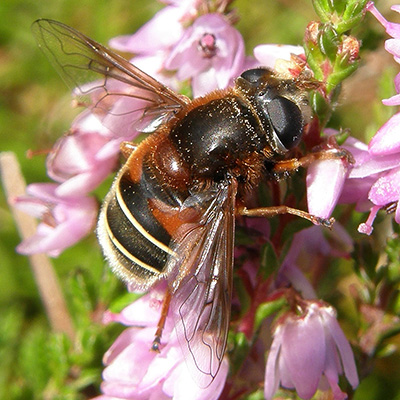
scarce awl robberfly
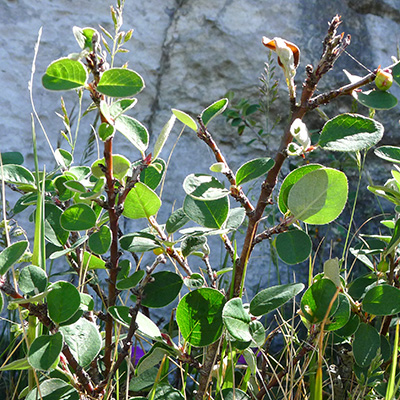
wild cotoneaster
It's not all doom and gloom. Some species are actually doing well.

Little egrets are thriving in our wetlands

red kites soar over much of the countryside

Butterflies like ringlets and dingy footman are faring well

as are plants like the fantastically named three-lobed water-crowfoot.
Why is this happening?
A range of factors affect the state of nature in the UK, two of the most important are agriculture and climate change
Agriculture

Around 75% of the UK is managed for food production. How we manage this land is key to the State of Nature.
A recent study showed that 20% of all impact on species populations was down to 'intensive management of agricultural land'

However, working with farmers and wildlife-friendly farming schemes can help reverse this.
Hope Farm in Cambridgeshire, farmed using nature-friendly methods, has bucked national trends since 2000.
Hope Farm

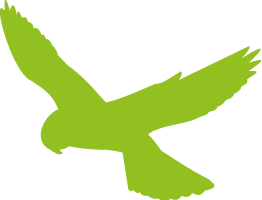
Butterfly Index increased 224%
Farmland Bird Index increased 174%
National trend
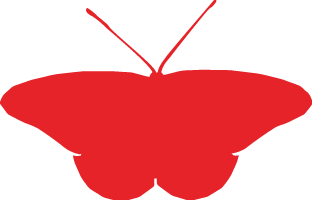
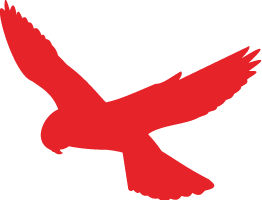
Butterfly Index for England declined 2%
Farmland Bird Index for England declined 10%
These indexes monitor several key bird and butterfly species over time to see the overall trend.
Climate change

In the UK climate change is extending suitable conditions for species previously restricted to the south enabling them to move north, if suitable habitat exists.


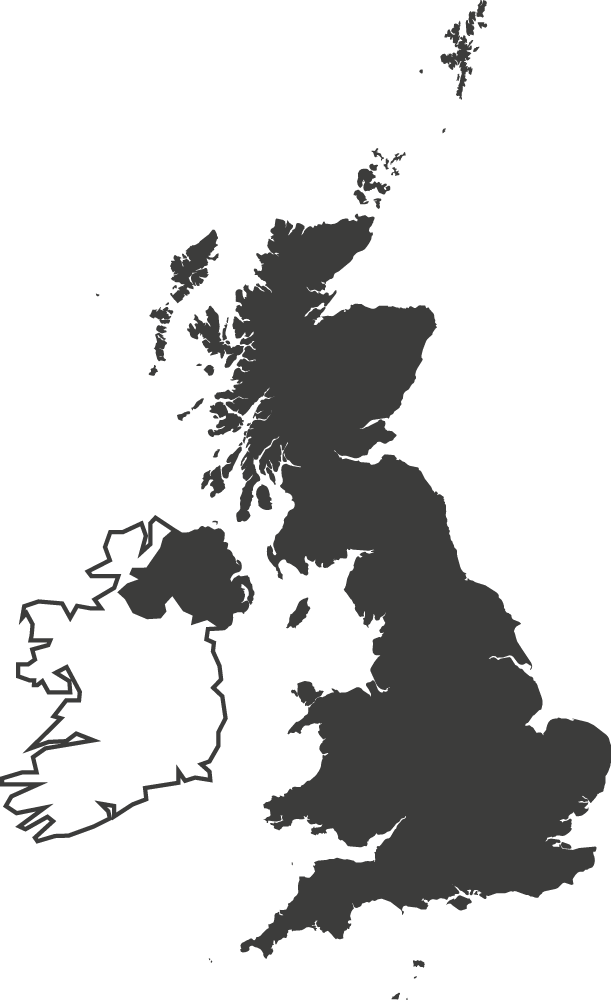
In contrast to these climate change winners, are the species that favour conditions further north and at high altitudes. These species may have nowhere to go.
Climate change winners
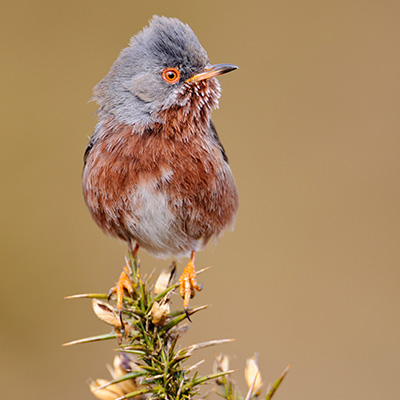
Dartford warbler
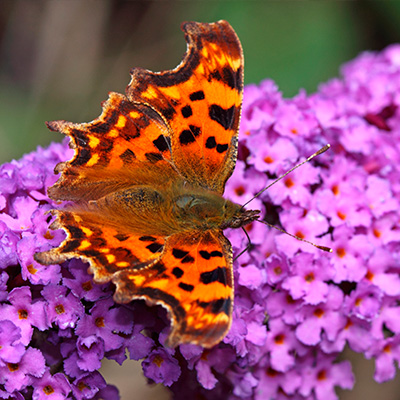
Comma butterfly
Climate change losers
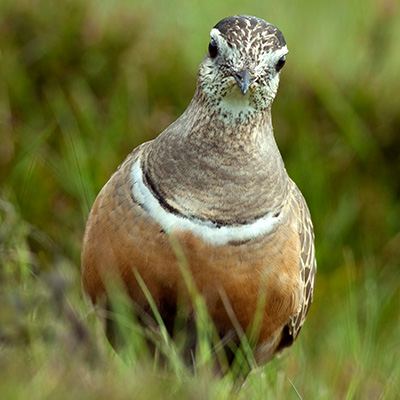
Dotterel
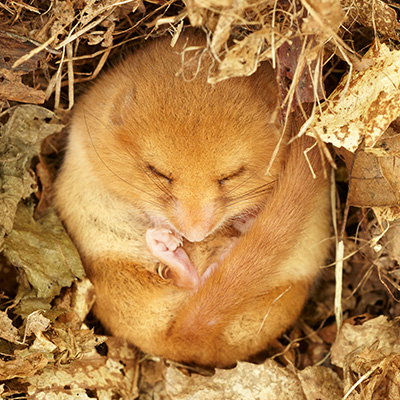
Dormouse
What are we doing to help?
The State of nature partnership manages over 4,000 reserves, covering at least 2,700 square miles or 6,800 square km
That's an area over four times the size of Greater London.
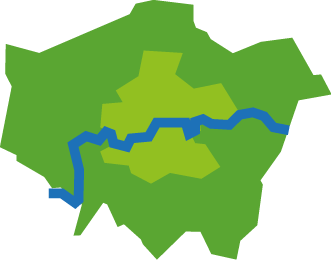



From reintroducing pine martens to Wales and turning cities wild across England, to saving magnificent meadows in Northern Ireland and restoring coastal habitats in Scotland, the State of Nature Partnership is actively working to bring nature back.
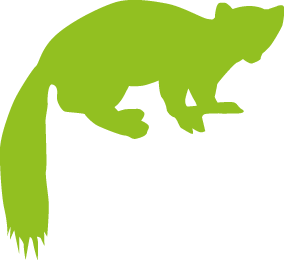
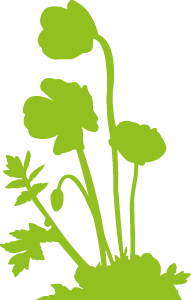
How you can help
The good news is that there's lots you can do to help. Here's how...
Count the wildlife that's counting on you.
Producing the State of Nature report was only possible due to thousands of volunteers giving up their time to help record and monitor wildlife. There are a number of schemes which need more help.
Volunteer
State of Nature partners welcome volunteers to help with a wide range tasks from managing nature reserves to answering the phone. Whatever your skills you could help nature by volunteering your time and support.
Manage your space for wildlife
From bats to butterflies, nature needs your help. Manage your space for wildlife, whether it's in your garden, house, window box, school or office you can help nature thrive.
Make your voice for nature heard.
From protecting important sites for wildlife to defending the laws that protect nature you can make your views count.
